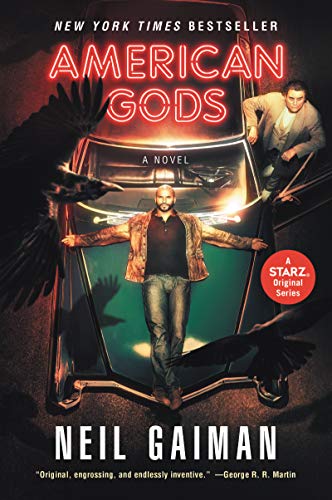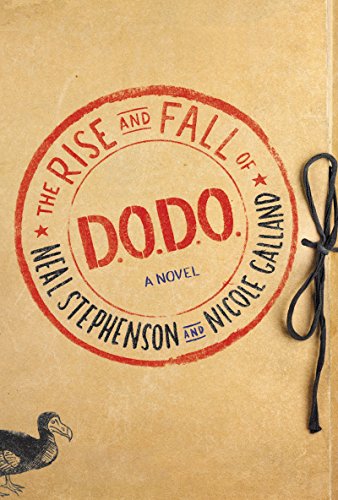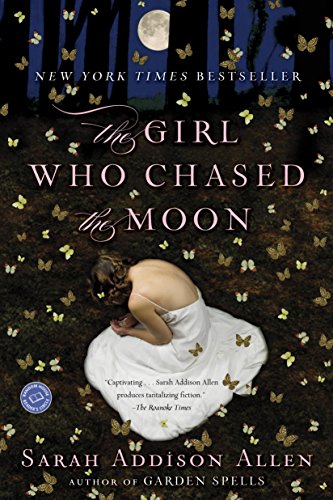
April 2019’s Reads
April was not as heavy on the reading front as March was, thanks to a couple of long reads.
Anyone who's read this blog for a while should know that I am a huge Neil Gaiman fan. It started when my son was young and we discovered Coraline and The Graveyard Book. The stories are dark, twisted, and weird, especially considering that they're aimed at younger readers, but that's what we liked about them.
My son grew older and into other stories, and I forgot about Gaiman for a while. A couple of summers ago, when I moved up to Aunt Dixie's Place, I rediscovered Gaiman. Since then, I have been slowly reading through his backlist (published works). I was saving American Gods for a special read, but in late March, I was so far ahead in my reading challenge that I decided to go ahead and give this extremely long and involved story a go.
And was lost in the long, drawn out beginning. I had inadvertently picked up the author's preferred text edition, which includes a great deal more story than the edition that was originally published. Normally, I would be all for that; more is better when it comes to a favorite author, right?
Eh. Not necessarily, and I know that now. The first two-thirds of American Gods rambles in such a way that it's easy to become bored. Thankfully, the last third or so draws all the story lines together and it all begins to make sense.
If you haven't read American Gods, here's a quick rundown: an ex-con named Shadow is roped into working for a man who turns out to be a god in disguise. The god is ostensibly trying to unite the old gods together in order to keep from being wiped out by the new gods, but as is usual with a Gaiman story, all is not as it seems.
When I finished reading it, I wasn't sure whether I actually liked the story or not. And I still haven't decided. But it was intriguing and unique in a very Gaiman-esque way, and a bit darker than other stories of his that I've read, so I will undoubtedly read it again at some point, when I've got an extra month to spare.
My second long read of the month was The Rise and Fall of D.O.D.O. by Neal Stephenson and Nicole Galland. Part documentary, part epistolary, Rise and Fall covers the development of an uber secret US government agency called the Department of Diachronic Operations, diachronic referring primarily to time travel via magic.
Despite the magic, there's a lot of science involved, exactly what I expected from Stephenson who is best known as a writer of hard Science Fiction. My favorite part, of course, was the inclusion of Schrödinger's cat, not just as a thought experiment, but as applied science.
Ok, it's all part of an imaginary story world, but still. Pretty cool.
Rise and Fall is mostly told from the point of view of Melisande Stokes, a linguist who is stuck in the past at a point just before magic is supposed to cease to exist. There's a really cool explanation for that, but no spoilers; that's part of the fun. In fact, the whole story was fun, though it did bog down a time or two in the endless details. Push through and you'll be rewarded with an interesting read filled with intriguing characters.
I rounded out the month with two books by Sarah Addison Allen, the first of which was The Girl who Chased the Moon. Like the other books of Allen's that I've read, Girl is what I call Southern Magical Realism. Think Practical Magic by Alice Hoffman, but in the South and a tad lighter.
Emily moves to a small town in North Carolina to live with her grandfather, a gentle giant of sorts who divides his time between eating breakfast at a local restaurant, hiding in his room, or checking the dryer to see if his deceased wife has left a present for him there. Emily's room is lined with magical wallpaper and the town's residents are a bit odd, including Win Coffey, whose family never comes out after dark.
The narrative bounces around between Emily and Julia Winterson, a baker who inherited her father's restaurant and is working toward selling it so that she can once again escape her childhood home. True to Allen's style, the main characters' dark pasts are eventually brought out into the open. Emily struggles against her deceased mother's reputation, while Win, her first true friend in her new home, must find a way to overcome his family's secrets.
The stories intertwine on a number of levels and end in a satisfying manner. There's a reason Allen is so popular; she's incredibly skilled at balancing each of the characters against the unfolding story.
The Peach Keeper, also by Sarah Addison Allen, combined all my favorite traits from her previous books: A dark, secret-filled past, quirky, small town characters, and romance.
Oh, and a touch of magic.
Willa Jackson has done everything in her power to overcome the rebellious tendencies of her youth. Paxton Osgood, a socialite whose family has just restored the Blue Ridge Madam, once owned by Willa's family, has never known a rebellious day in her life. The women are united less by their shared past and more by the trouble that starts the day Paxton mails out invitations to the Madam's reopening.
As with Allen's other stories, The Peach Keeper is charming and a tad twisty. The romances bloomed nicely, then sort of leapt forward before I was ready for them to, but that's probably just me. I wasn't ready for the story to end.
I'm going to try to read something other than Sarah Addison Allen in May, which is off to a good start with The Keeper of Lost Things by Ruth Hogan. Yes, it's another Magical Realism story, but it's set in London and is a bit more intricately written, so hopefully you'll forgive my latest genre obsession.
That's it for April's reads!


